Background Intro
Welcome to our blog! Are you struggling with your human hair wig that's lost its gloss and softness? Don't worry! In this post, we're sharing 20 easy and effective hacks to restore the glossy texture of your wig. We've got at-home remedies and professional techniques to help you revive your wig's beautiful shine. Get ready to transform your wig from dry and stiff to silky and soft again! Let's dive into the tips and tricks that will help you keep your wig looking its best.
What Signs Show that Human Hair Wigs Need to be Softened?
If your human hair wig has become rough or stiff, it may be in need of a softening treatment. Here are so me detailed signs that indicate your human hair wig needs to be softened:
Sign #1: Coarse Texture
When you run your fingers through the wig, it feels coarse and lacks the smoothness it once had. This rough texture can be a result of exposure to environmental elements or improper care.
Related: How To Create The Flawless Hair Care Regimen For Your Hair Type?
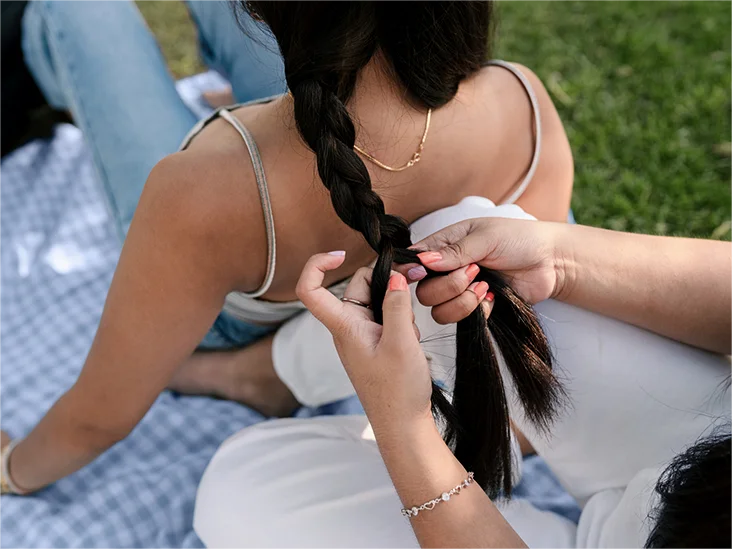
Sign #2: Lack of Bounce
A softened wig should have some bounce and elasticity. If the hair feels rigid and lacks flexibility, it may be a sign that it needs softening to restore its natural movement.

Sign #3: Tangles and Knots
Over time, human hair wigs can develop tangles and knots, making them difficult to manage. Softening the wig can help detangle the hair and make it more manageable.

Sign #4: Dryness and Brittle Strands
Dry and brittle hair is a clear indicator that the wig lacks moisture. Softening treatments can infuse the hair with hydration, improving its softness and preventing breakage.

Sign #5: Dull Appearance
A wig that has lost its softness may appear dull and lackluster. Softening the hair can restore its shine and vibrancy.

Sign #6: Unruly Styling
If your wig is becoming difficult to style and doesn't hold curls or waves as well as it used to, it may be a sign that it needs to be softened.

Sign #7: Static and Frizz
A lack of softness can lead to static electricity and frizz in the wig. Softening treatments can help control static and reduce frizz, resulting in a smoother and sleeker look.
Related: Hair Damage: What Causes It And How To Deal With It

Sign #8: Matting
Matting occurs when hair strands become tangled and form stubborn knots. Softening the wig can help loosen these knots and improve the overall manageability of the hair.
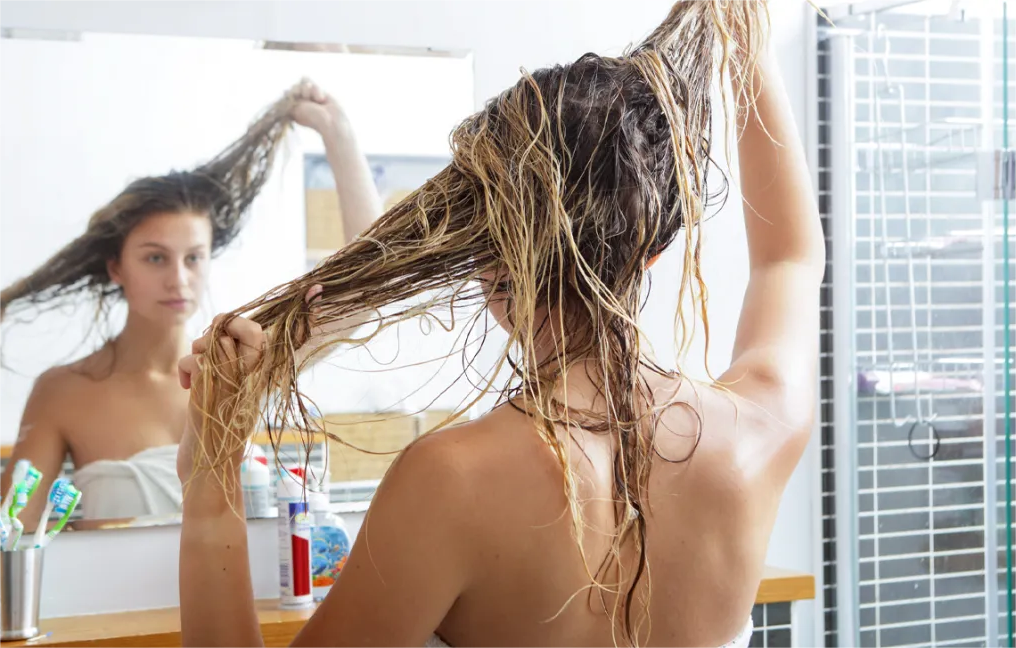
Sign #9: Lack of Shine
A soft and healthy wig should have a natural shine to it. If the wig looks dull and lacks luster, softening treatments can bring back its shine.
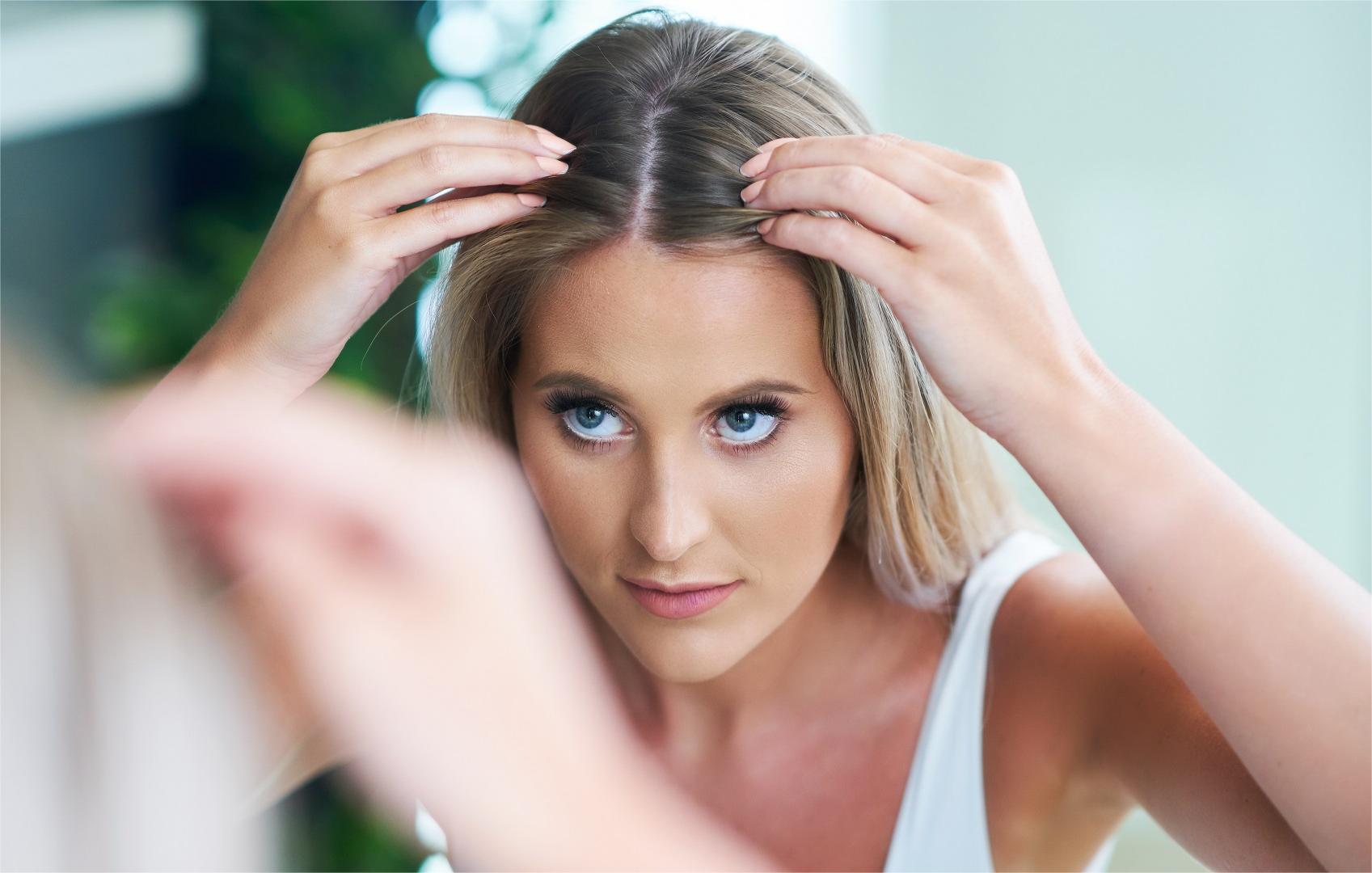
Sign #10: Loss of Smoothness
Smoothness is a key characteristic of a soft wig. If your wig has lost its smooth texture and feels rough to the touch, it's time to consider a softening treatment.
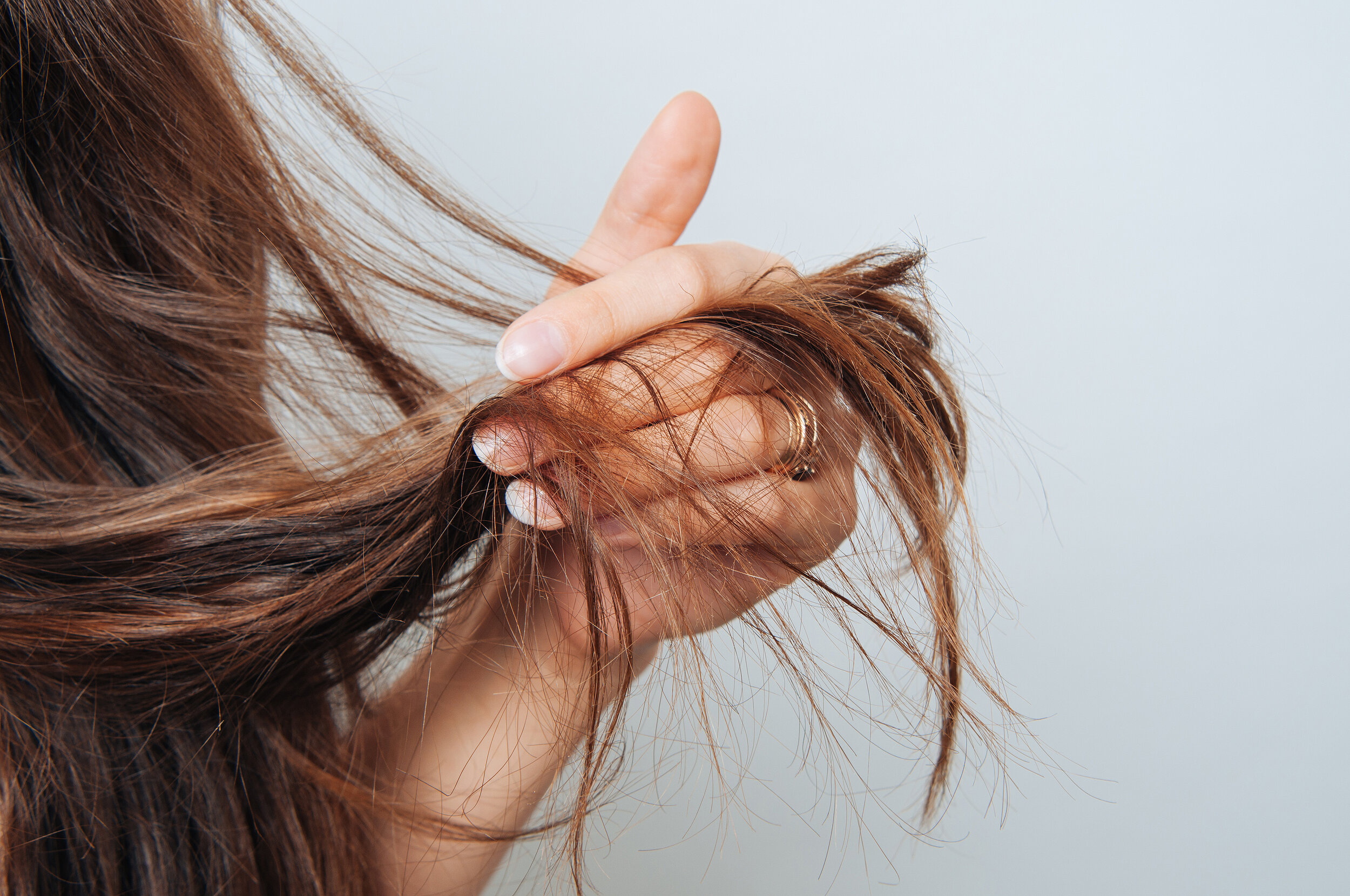
Remember that regular care and maintenance are essential to keep your human hair wig soft and luxurious. If you notice any of these signs, consider incorporating softening treatments into your wig care routine to restore its soft and silky feel.
Why do Your Human Hair Wigs Become Dry and Stiff?
Human hair wigs can exhibit the signs mentioned earlier, such as dryness, tangling, lack of softness, and more, due to various factors and reasons. Let's explore some of the common causes behind these signs:
Cause #1: Natural Lack of Moisture
Unlike natural hair, human hair wigs do not receive natural oils from the scalp like our own hair, which makes them prone to dryness. Exposure to heat, sunlight, and harsh styling products can further strip the hair of its moisture, leading to dry and brittle strands.
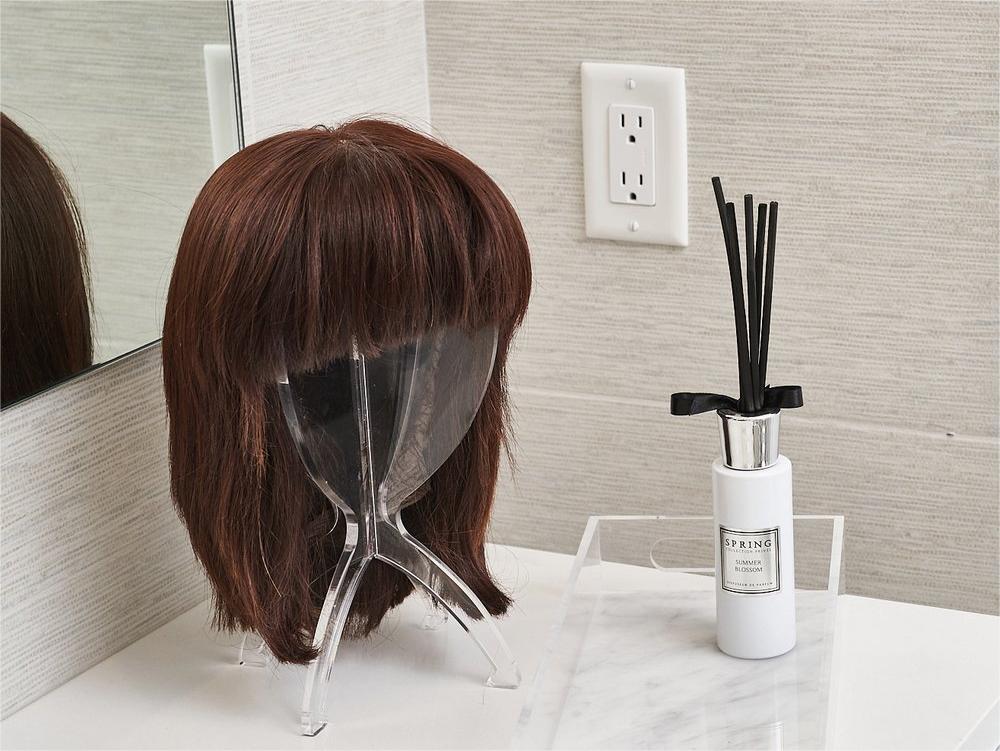
Cause #2: Excessive Heat Styling
Frequent use of heat styling tools, such as flat irons, curling irons, and blow dryers, can cause damage to the hair cuticles. When the cuticles are damaged, they are less able to retain moisture, leading to dry and stiff hair.
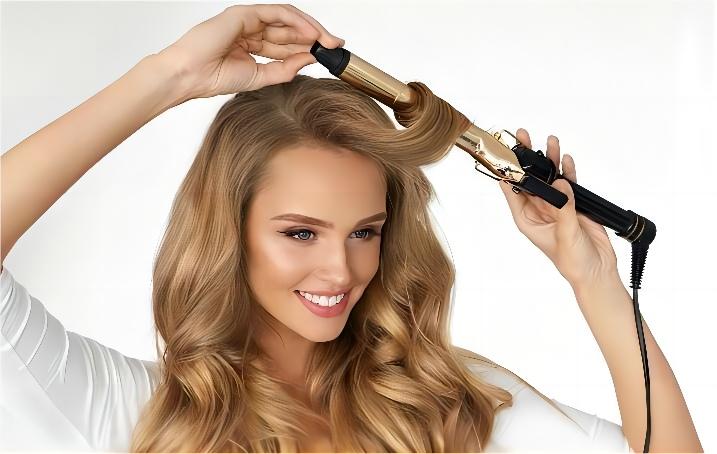
Cause #3: Chemical Processing
Human hair wigs often undergo chemical treatments like coloring, bleaching, and perming to achieve desired styles. These processes can strip the hair of its natural moisture and damage the cuticle layer, resulting in a lack of softness and suppleness.

Cause #4: Improper Care
Incorrect use of hair care products can contribute to dryness. For instance, using shampoos containing sulfates can strip the hair of its natural oils, while neglecting to condition the wig regularly can lead to a lack of moisture.
Related: How To Care For Your Human Hair Toppers And Wigs?
How To Create The Flawless Hair Care Regimen For Your Hair Type?
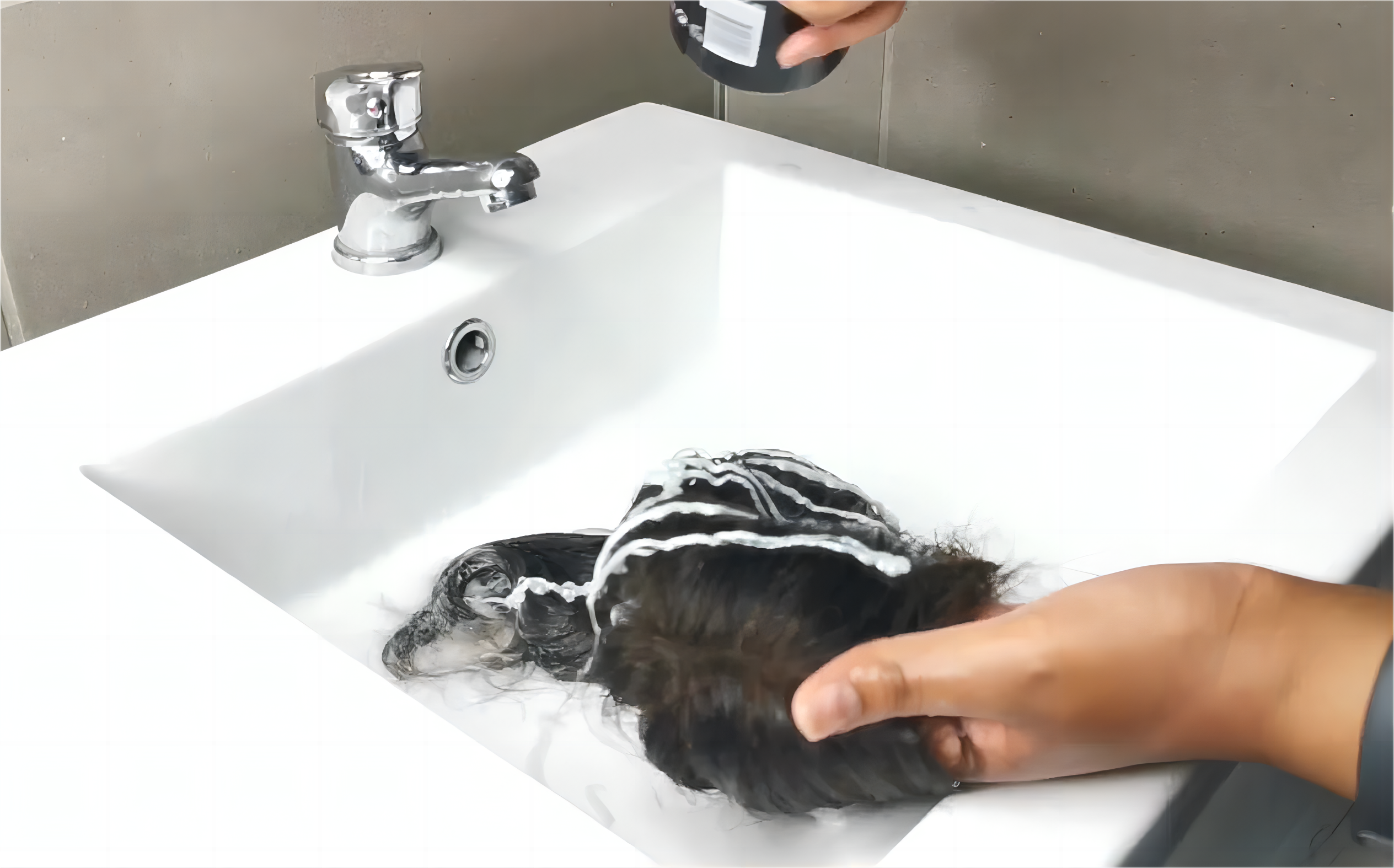
Cause #5: Hard Water
Washing the wig with hard water, which contains high mineral content, can lead to mineral buildup on the hair shafts. This buildup can make the human hair feel rough and less manageable.

Cause #6: Age and Wear
Human hair wigs experience wear and tear over time, just like natural hair. With frequent use and handling, the hair can become worn out, resulting in a coarser texture and dryness.
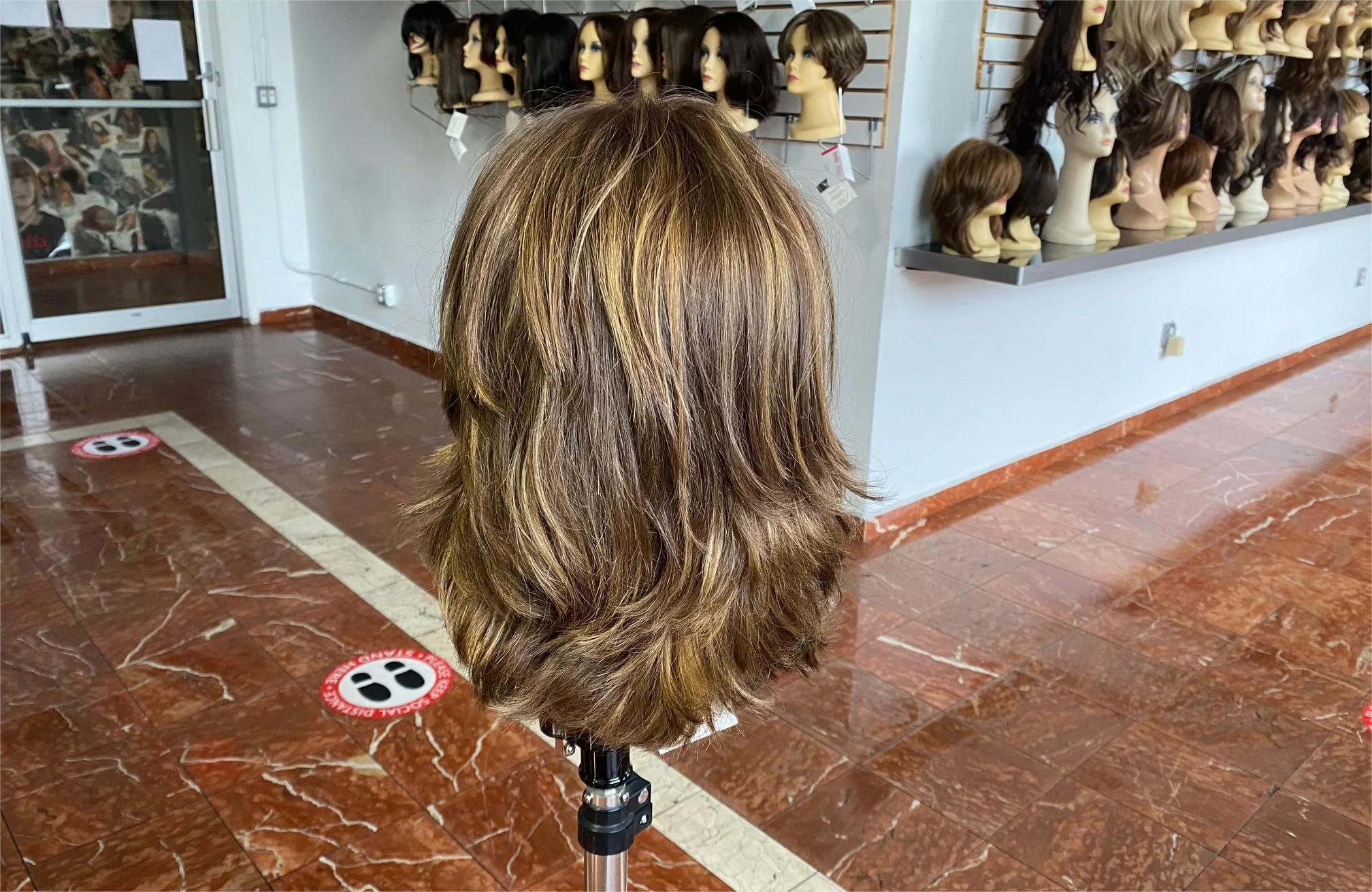
Cause #7: Overwashing or Underwashing
Finding the right balance in washing frequency is essential. Overwashing can strip the hair of its natural oils, leading to dryness, while underwashing can cause product buildup and leave the hair feeling heavy and stiff.
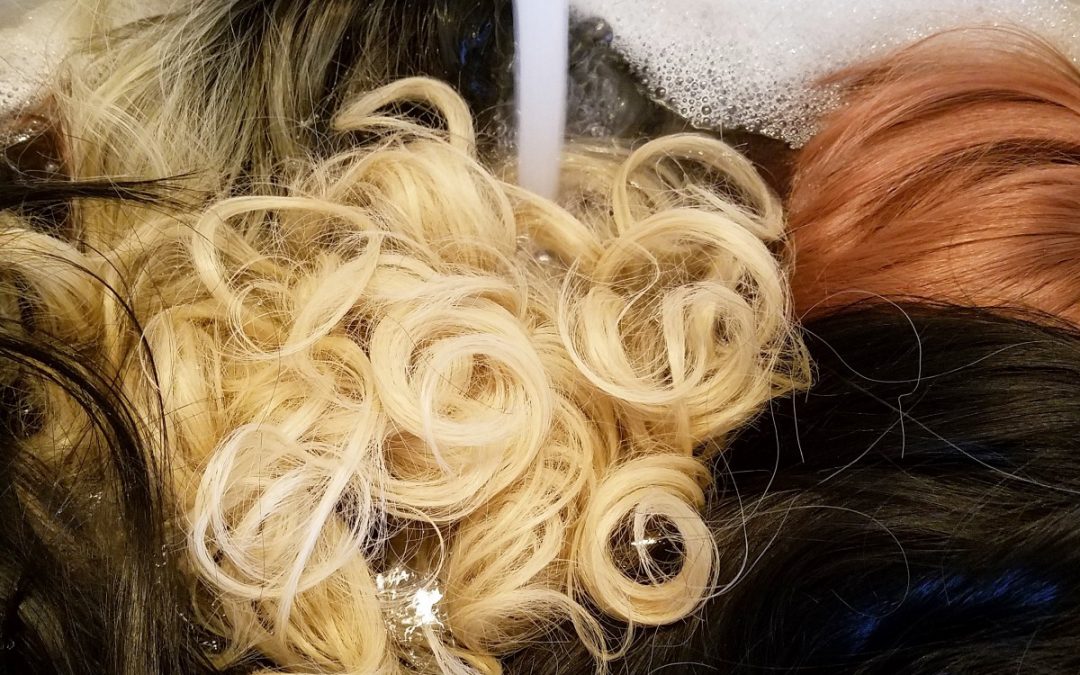
Cause #8: Lack of Protection
Failing to use heat protectant products before heat styling can cause damage to the hair cuticles, making the wig feel dry and brittle. Additionally, not protecting the human hair wig during activities like swimming can expose it to chlorine or saltwater, which can further dry out the hair.

Cause #9: Humidity and Climate
Both low and high humidity levels can affect the hair's moisture balance. In low-humidity environments, the hair can become parched and lose its softness. In contrast, high humidity can cause the hair to absorb excess moisture, leading to frizz and an unmanageable texture.

Cause #10: Excessive Brushing or Combing
Vigorous brushing or using brushes with harsh bristles can cause friction on the human hair, leading to cuticle damage and tangling. Over time, this can result in a rough, stiff texture.
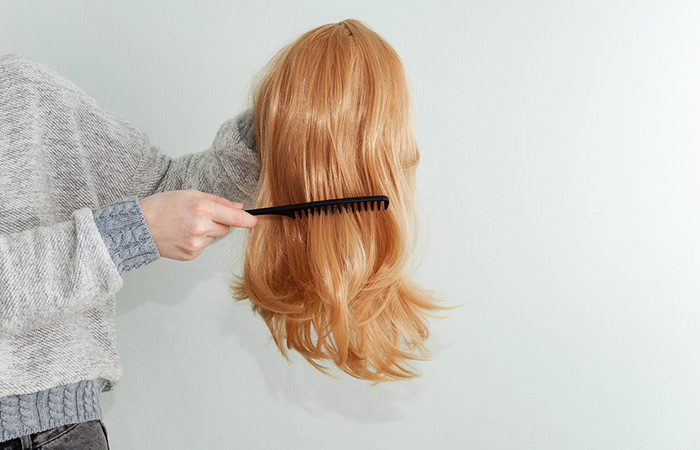
Cause #11: Exposure to Chlorine and Saltwater
Chlorine in pools and saltwater in the ocean can strip the hair of its natural oils and moisture, leaving it feeling dry and rough.

Cause #12: Lack of Deep Conditioning
Regular deep conditioning is vital to replenish the hair's moisture levels. Without proper deep conditioning treatments, the hair can become dehydrated and lose its softness and shine.
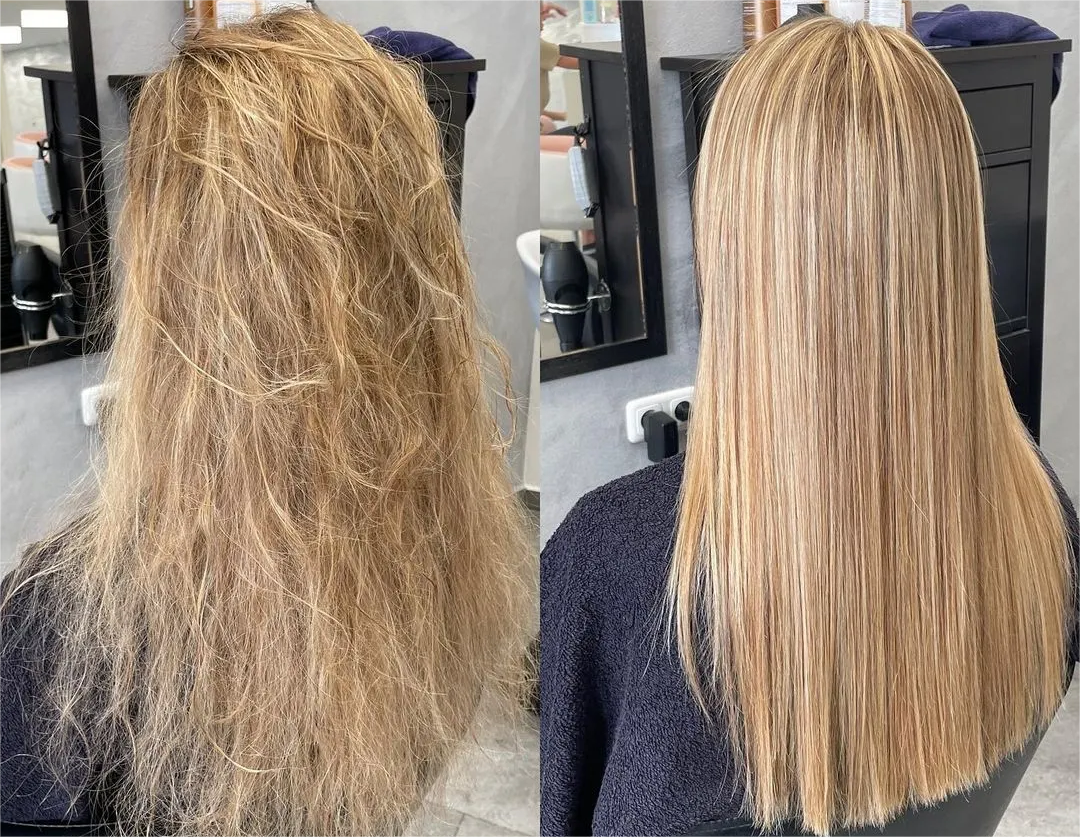
Cause #13: Overuse of Styling Products
Using too many styling products, such as gels, mousses, and serums, can weigh down the human hair and make it feel stiff and heavy.
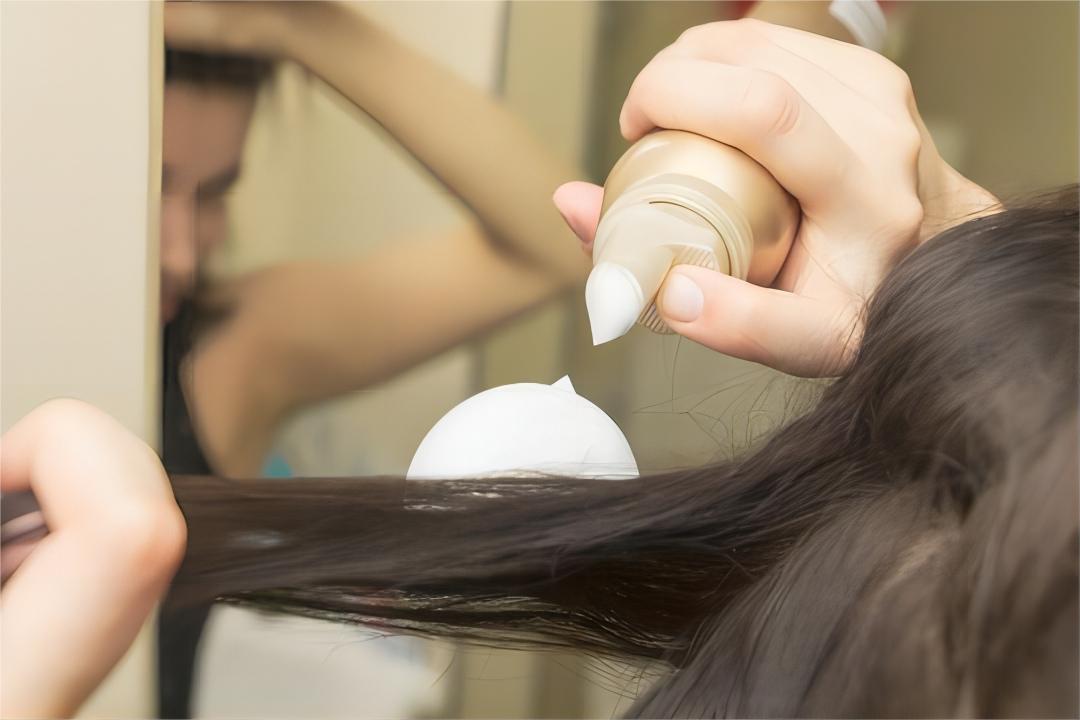
Cause #14: Not Protecting the Wig at Night
Friction caused by rubbing against pillowcases during sleep can contribute to tangling and dryness. Wearing a satin or silk scarf or using a satin pillowcase can help reduce friction and maintain the wig's softness.
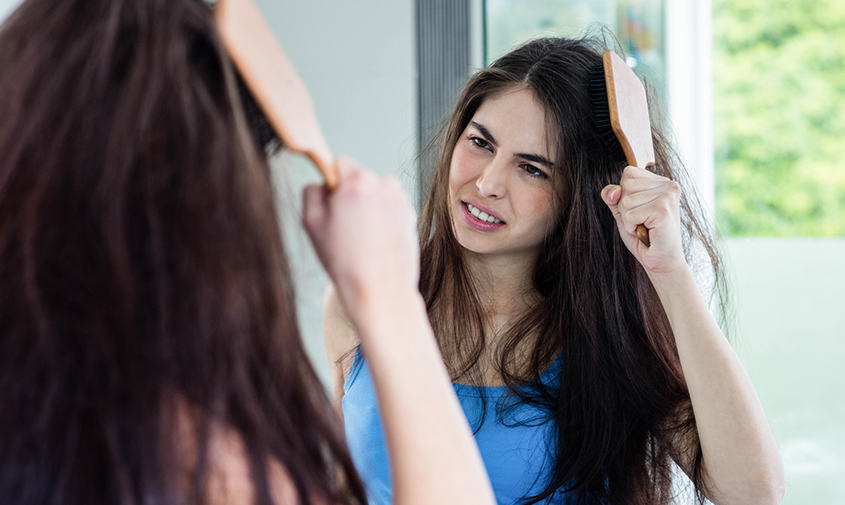
Cause #15: Lack of UV Protection
Excessive exposure to ultraviolet (UV) rays from the sun can damage the hair cuticles and cause the human hair wig to lose its softness and natural shine.

Cause #16: Inadequate Storage
Storing the wig in a cramped or damp environment can lead to matting, tangling, and overall dryness of the hair.
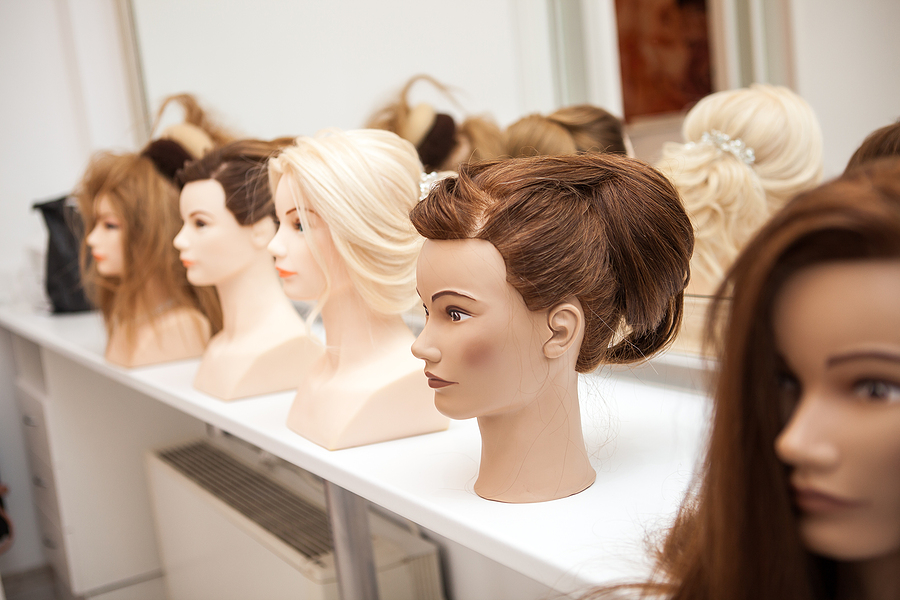
By addressing these factors and adopting a comprehensive care routine, you can prevent dryness and stiffness in your human hair wig, ensuring it stays soft, manageable, and looking its best for an extended period. Proper care and maintenance will help extend the life of your wig and keep it looking beautiful and natural.
How to Make Your Human Hair Wigs Silky&Soft Again?
To make your human hair wigs silky and soft again, follow these steps and tips:
Tip #1: Wash with Mild Shampoo
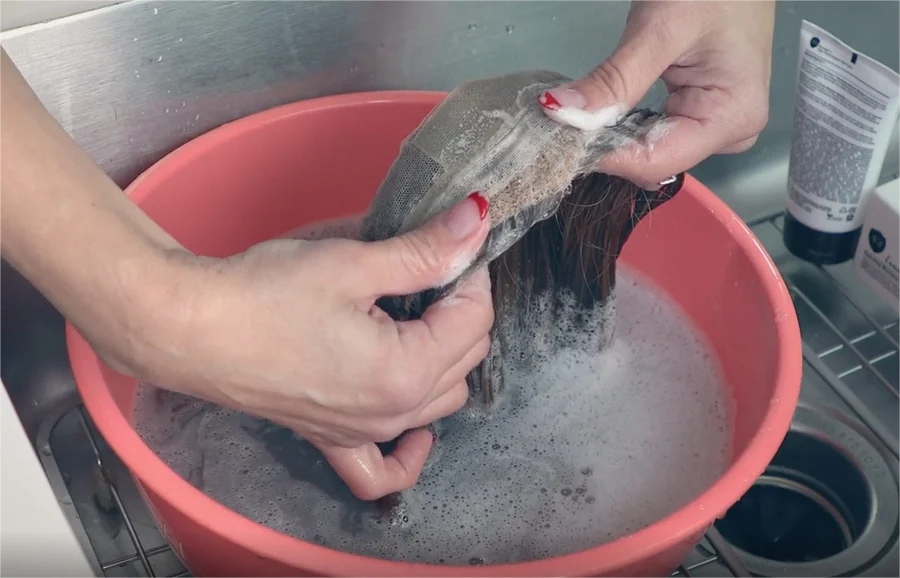
Opt for a sulfate-free and mild shampoo when washing your human hair wig. These gentle formulas will cleanse the hair without stripping away its natural oils, which are essential for maintaining softness. When washing the human hair wig, use cool or lukewarm water instead of hot water, as excessive heat can damage the hair fibers and lead to roughness. Opt for hair care products specifically designed for human hair wigs, as they are formulated to be gentle and nourishing. Avoid using products containing alcohol or harsh chemicals, as they can strip the hair of its natural oils and leave it feeling dry and coarse. Look for sulfate-free and wig-friendly products to maintain the wig's soft texture.
Tip #2: Avoid Heat Styling
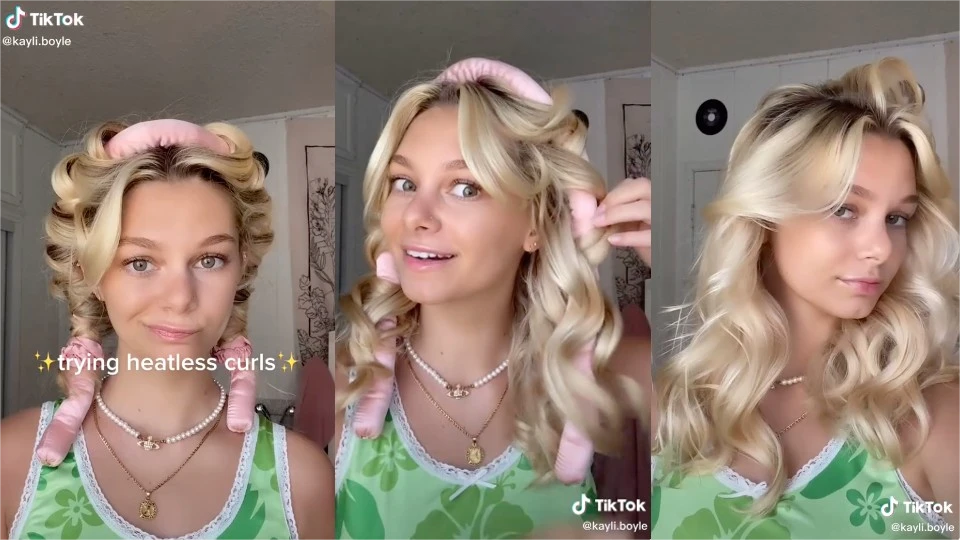
Heat styling tools like flat irons and curling irons can cause significant damage to the hair cuticles, leading to roughness and frizz. Minimize the use of these tools on your wig, and when you do use them, apply a heat protectant spray first to shield the hair from the heat. Opt for heatless styling methods whenever possible to maintain the wig's softness.
Tip #3: Air Dry the Wig
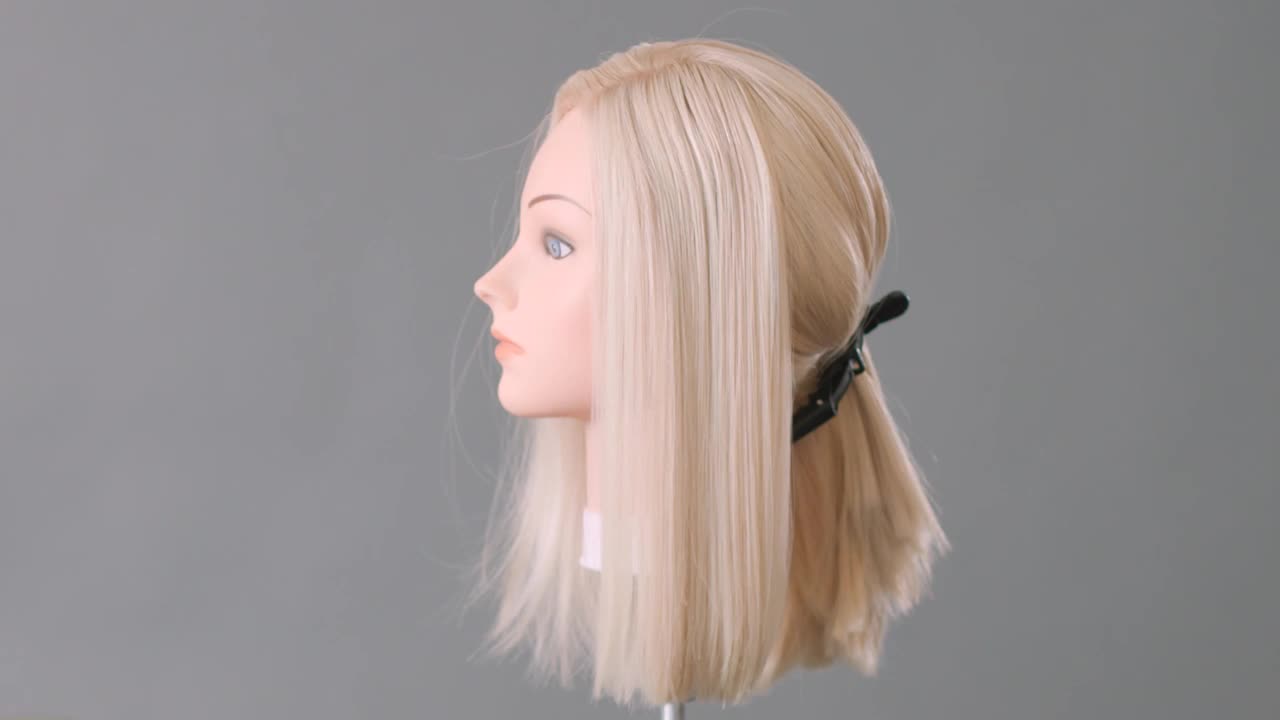
Whenever you can, let your human hair wig air dry after washing. Heat from blow dryers can dehydrate the hair, making it lose its natural shine and softness. After washing, gently squeeze out excess water from the wig and lay it flat on a towel or wig stand to dry naturally. This gentle drying process helps the hair retain its smooth texture.
Tip #4: Deep Conditioning
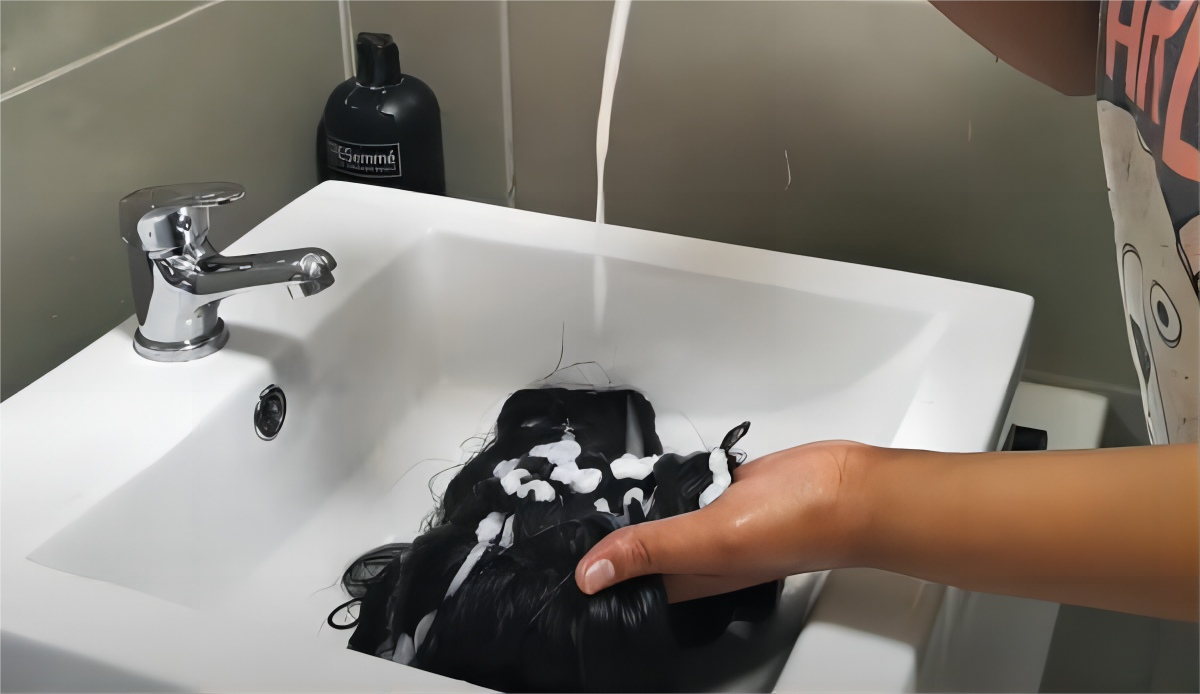
Deep conditioning is a vital step in restoring moisture and softness to your wig. After washing, apply a high-quality wig conditioner from the mid-lengths to the ends of the hair. Allow the conditioner to sit for 10-15 minutes to deeply penetrate the hair shaft. This process helps repair any damage and keeps the hair smooth and silky. A leave-in conditioner or wig serum is an excellent way to provide continuous hydration to the hair between washes. After washing and conditioning, apply a small amount of leave-in conditioner to damp hair, focusing on the ends. This lightweight formula helps lock in moisture, prevents dryness, and contributes to the overall softness of the wig.
Tip #5: Avoid Brushing Wet Hair

Wet hair is more susceptible to damage and breakage, so avoid brushing your human hair wig when it's wet. Instead, gently detangle the hair using your fingers or a wide-tooth comb while it's damp. Starting from the ends and working your way up will prevent unnecessary stress on the hair, maintaining its softness and preventing tangling.
Tip #6: Use a Boar Bristle Brush
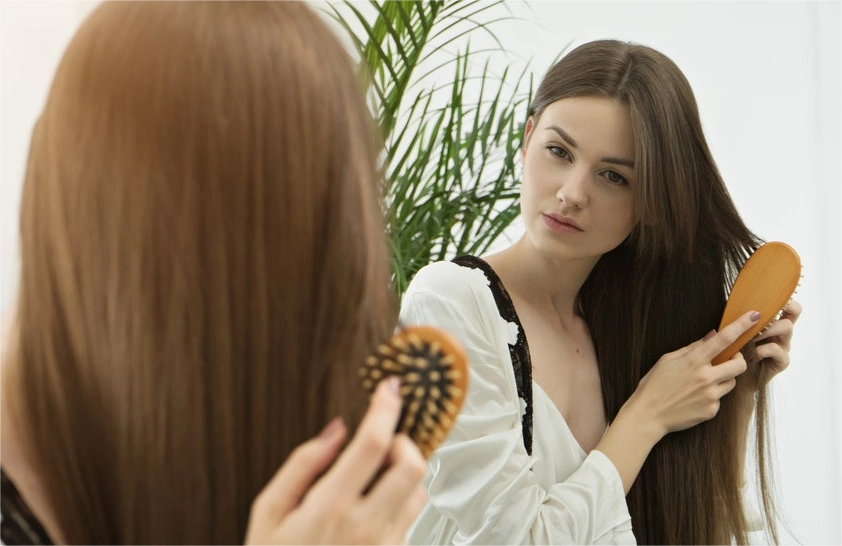
Once your wig is dry, use a boar bristle brush to detangle and style it. Boar bristle brushes are gentle on the hair, and they also help distribute the natural oils from the scalp or wig cap throughout the hair, promoting softness and shine. Brushing your wig regularly with a boar bristle brush will keep it looking sleek and smooth.
Tip #7: Moisturize Regularly

Regular moisturizing is crucial to combat dryness and stiffness in a human hair wig. Apply a leave-in conditioner to the damp hair, focusing on the mid-lengths and ends, and massage it in thoroughly for even distribution. Optionally, follow up with a few drops of natural moisturizing oil like coconut oil, argan oil, or jojoba oil, concentrating on the ends to seal in moisture and enhance softness and shine. Be mindful not to use too much product to avoid weighing down the hair. Let the wig air dry completely and avoid using a blow dryer to prevent damage. Adapt the frequency of moisturizing based on how often you wear the wig and the climate, typically moisturizing every 2-3 days for daily wear or in dry conditions, and once a week for less frequent use or in humid conditions.
Tip #8: Protect from Sun and Heat

Direct sunlight and excessive heat can damage the hair fibers and cause the wig to lose its softness. When outdoors on sunny days, consider wearing a hat or scarf to shield the wig from the sun's rays. Additionally, avoid placing your wig near radiators or stoves to protect it from excessive heat exposure.
Tip #9: Sleep with Care

To prevent tangling and maintain softness, braid or tie your human hair wig in a loose ponytail before going to bed. Opt for a silk sleep cap or pillowcase, as these materials create less friction, reducing the risk of hair becoming rough or tangled during sleep. This thoughtful approach to nighttime care keeps your wig looking and feeling its best.
Related: Why You Should Wear A Sleep Cap And How To Pick The Right One?
Tip #10: Regular Trimming
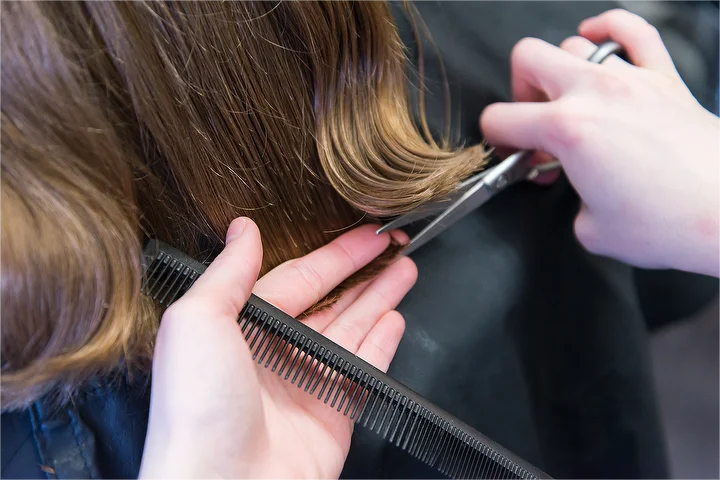
Regular trimming is crucial for maintaining ayour human hair wig's health and appearance. Aim to trim the wig every 6 to 8 weeks or as needed, focusing on small sections of hair at a time to ensure precise cuts. Gently detangle the wig before trimming and concentrate on the ends to remove any damage or split ends. If the wig has a specific style, maintain it while trimming, and seek professional assistance if unsure or for complex adjustments. By adhering to regular trimming intervals and proper maintenance, you can keep your wig looking fresh, prevent split ends, and extend its overall lifespan, resulting in a soft, natural-looking wig that remains in excellent condition over time.
Tip #11: Store Properly
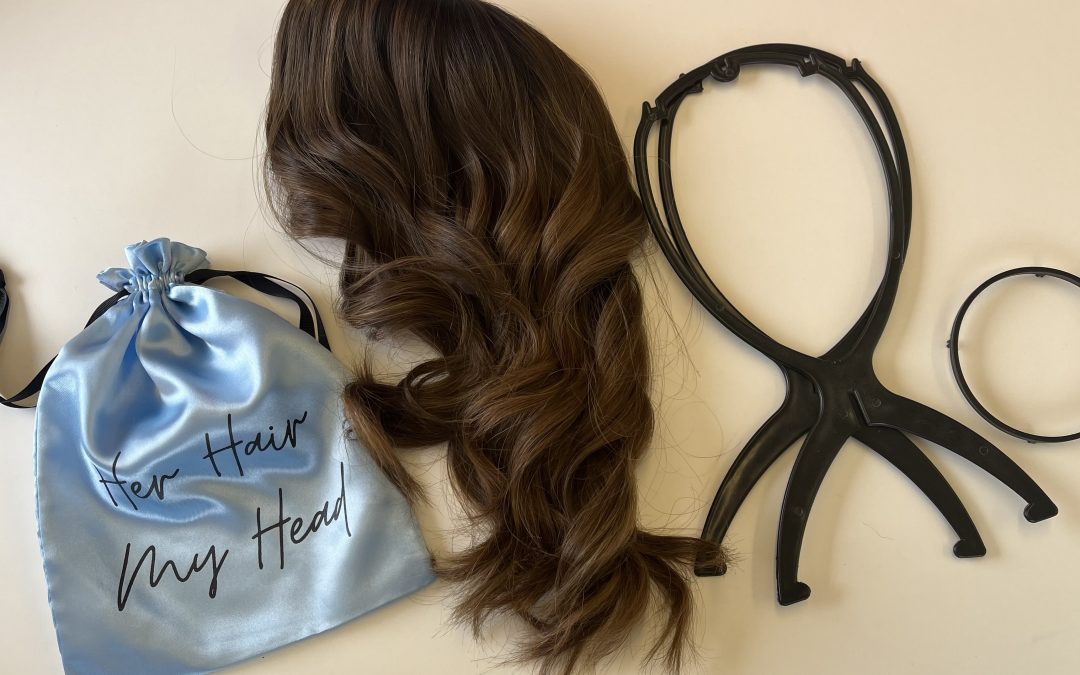
Properly storing a human hair wig is essential for maintaining its condition. Ensure the wig is clean and dry before storage, gently detangle it, and use a wig stand or mannequin head to maintain its shape and prevent tangling. Store the wig in a cool, dry place away from direct sunlight and heat sources, covering it with a breathable cloth or hairnet to protect from dust and debris while allowing air circulation. Avoid friction, folding, or squishing the wig, and consider using wig storage bags or boxes for extra protection. If you have multiple wigs, rotate their use to prevent overuse of a single wig. Following these storage practices will preserve the wig's softness and quality, allowing you to enjoy a comfortable and natural-looking wig for an extended period.
Tip #12: Avoid Over-washing

While regular washing is necessary to keep your wig clean, over-washing can strip away its natural oils and make it feel dry and rough. Wash the wig only when it's visibly dirty or after extended use. If you wear the wig daily, washing it once every 1-2 weeks is generally sufficient. This approach maintains the hair's softness and prevents excessive dryness.
Tip #13: Use Cold Water for Final Rinse

As a final step in washing your human hair wig, use cool or cold water for the last rinse. Coldwater helps seal the hair cuticles, making the hair smoother and shinier. This simple technique enhances the wig's overall softness and luster, leaving it feeling luxurious and more manageable.
Tip #14: Weekly Oil Treatment
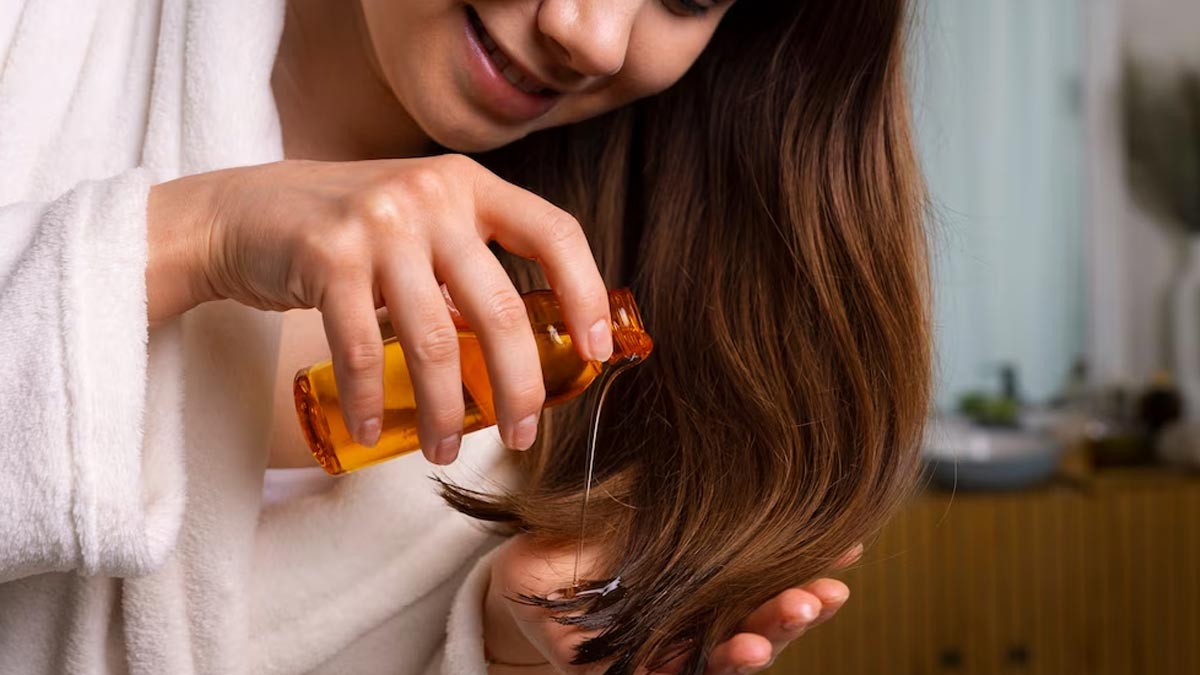
A weekly oil treatment can work wonders for dry and stiff human hair wigs. To begin, gently detangle the wig with a wide-tooth comb or wig brush. Next, apply a small amount of high-quality natural oil like coconut oil, argan oil, or jojoba oil to the mid-lengths and ends of the hair, massaging it in gently. Let the oil sit on the wig for at least 30 minutes to an hour, or leave it on overnight for a more intensive treatment. Rinse the oil out with cool or lukewarm water and use a mild sulfate-free shampoo and conditioner designed for wigs. Afterward, let the wig air dry completely on a wig stand or mannequin head. The weekly oil treatment will restore moisture, softness, and shine to the hair, making it more manageable and comfortable to wear, resulting in a soft and lustrous appearance that's easy to style as desired.
Tip #15: Avoid High Alcohol Hair Sprays

Some hair sprays contain high levels of alcohol, which can be drying to the wig. Opt for alcohol-free hair products or those specifically designed for wigs to maintain its softness and avoid potential damage caused by alcohol-based products. This step helps to keep the hair smooth and frizz-free.
Tip #16: Use a Wig Cap

If you wear your wig regularly, consider using a wig cap underneath. A wig cap not only provides a comfortable barrier between your scalp and the wig but also helps protect the hair and wig from sweat and oils. This added protection contributes to the wig's softness and longevity, as it prevents the hair from becoming greasy or tangled.
Tip #17: Steam Treatment

A steam treatment is an effective way to revive your human hair wig. Start by ensuring the wig is clean and detangled. Set up a garment steamer or handheld steamer with water and let it heat up. Hold the wig or place it on a stand, then gently pass the steamer over the hair, starting from the top to the ends, to open the cuticles and allow moisture to penetrate the hair shaft. Optionally, apply a leave-in conditioner for extra hydration. Let the wig cool and dry naturally. Once dry, style as desired. Performing this steam treatment once a month or as needed can maintain the wig's softness and overall health, providing you with a luxurious and comfortable wig to wear.
Related: How To Bring Your Aged Wigs Back To Life In Simple Ways?
Tip #18: Avoid Chlorine and Saltwater

Chlorine from swimming pools and saltwater from the ocean can dehydrate the hair, making the wig feel dry and rough. If you plan to swim while wearing the human hair wig, try to minimize exposure to these elements. If swimming is unavoidable, consider wearing a swim cap or thoroughly rinsing the wig with cool water after swimming to remove any chemicals or salt.
Tip #19: Protect from Friction
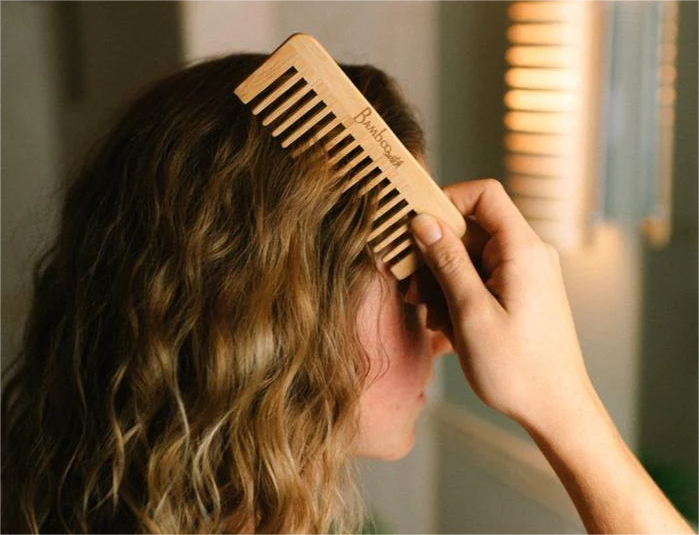
Friction can lead to tangling and roughness in the hair. Avoid rubbing the wig against rough surfaces and be mindful of how you handle and style the wig to minimize friction. Gentle treatment of the hair helps maintain its softness and prevents damage, ensuring your wig stays in top-notch condition.
Tip #20: Avoid Excessive Product Buildup

To avoid excessive product buildup on your dry and stiff human hair wig, use hair products sparingly and opt for lightweight formulations designed for wigs. Cleanse the wig regularly with a mild shampoo, ensuring thorough rinsing to remove any residue. Periodically, perform a deep cleansing treatment using a clarifying shampoo or a mixture of water and apple cider vinegar. Avoid applying styling products directly to the wig cap and gently detangle the wig to prevent breakage. Allow the wig to air dry after washing, avoiding excessive heat from blow dryers. Rotate products to prevent a heavy accumulation of any specific product. By following these practices, you can maintain a fresh, lightweight, and manageable wig, ensuring its softness and overall health, and providing a comfortable and natural-looking experience for an extended period.
By following these 20 tips diligently and providing the proper care and attention to your human hair wig, you can ensure that it remains soft, silky, and lustrous for a long time, making it a joy to wear and style while boosting your confidence in any setting. Remember, consistency in your wig care routine will keep your wig looking and feeling its best.
Final Thoughts
There you have it, wig enthusiasts! Our Silky&Soft guide is now your secret weapon to transform your human hair wig from drab to fab! With 20 ingenious hacks under your belt, you'll strut like a runway model, leaving heads turning in awe. Say goodbye to product overload and let your wig dance on a carousel of fresh, lightweight goodness! We've had a wig-tastic time on this journey, and we hope you've had a blast too! Keep wiggling with style and flair – happy wig days ahead!
Images credit: Google, Pinterest, TikTok.

